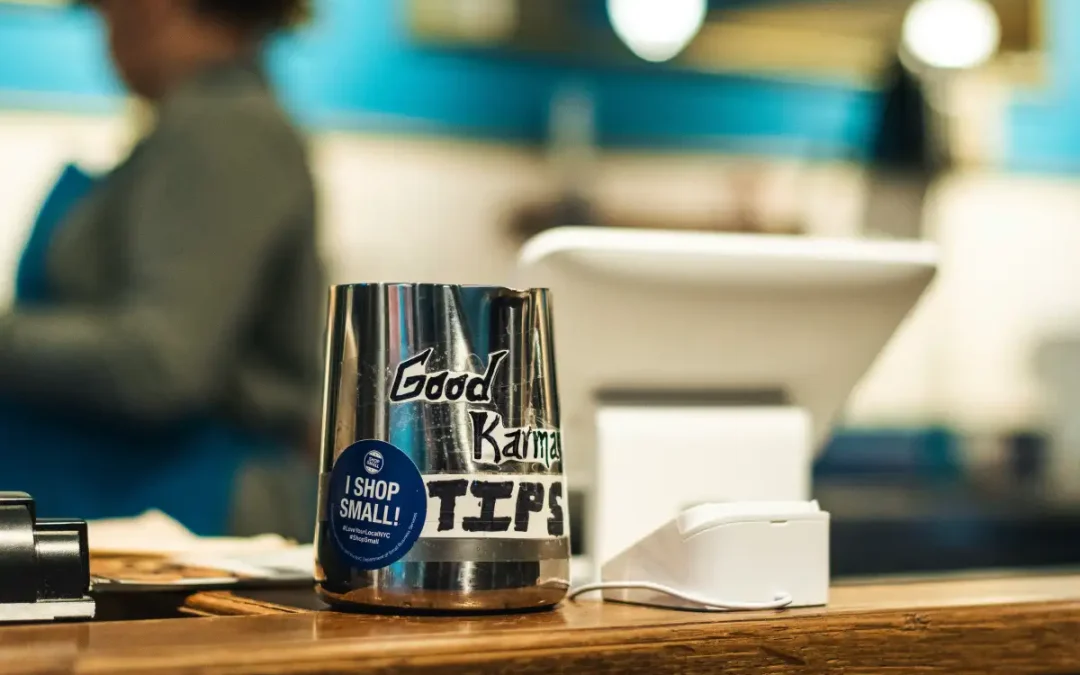Picture this: You’re in beautiful Maui, surrounded by serene blue waters and lush greenery, savoring the unique blend of cultures and the warmth of the people. As you indulge in the many services that make your stay unforgettable, the question arises, “How do I show my appreciation? Do I tip, and if so, how much?”
In this comprehensive guide to tipping in Hawaii, we’ll answer these questions and explore the cultural significance of tipping, the dos and don’ts, and why embracing the Aloha Spirit extends to how we show gratitude.
Introduction to Tipping in Hawaii: Why It Matters
Tipping is more than just leaving a few dollars on the table. In Hawaii, it represents a gesture of appreciation and respect towards those who help make your experience exceptional. Understanding the tipping culture in Hawaii ensures you contribute positively to the local economy and support the hospitality workers who embody the Aloha Spirit.
Travelers often find themselves puzzled about tipping norms, especially when traveling to a new destination. Hawaii’s unique blend of laid-back island life and high tourism standards creates a specific tipping culture that visitors should be mindful of. This guide aims to clear any confusion and help you tip confidently.
Whether you’re dining at a local restaurant, enjoying a guided tour, or simply getting a taxi, knowing who to tip and how much can make a significant difference in your interactions and the service you receive.
Understanding the Culture: The Importance of Aloha Spirit
The Aloha Spirit is a core value in Hawaiian culture, emphasizing compassion, kindness, and mutual respect. It underpins every interaction and service provided on the islands. Understanding this spirit can enhance your travel experience and deepen your connection with the locals.
In Hawaii, the Aloha Spirit isn’t just a saying; it’s a way of life.
Showing appreciation through tipping is a tangible way to honor this spirit. It fosters goodwill and ensures you leave a positive impact during your stay.
Respecting local customs, including tipping practices, demonstrates your awareness and sensitivity to Hawaiian culture. It’s an excellent way to show that you value and respect the people’s hard work and traditions.
Who & How Much to Tip: Guidelines for Different Services
Knowing the appropriate amount to tip can be tricky, but following these general guidelines will help you tip with confidence:
- Restaurants: Aim for 15-20% of the total bill. If the service was exceptional, consider tipping on the higher end.
- Parking/Valet Services: For valet services, a tip of $2 to $5 is standard when your car is returned. If the valet has gone above and beyond, such as providing assistance with luggage or offering local tips, feel free to tip on the higher end.
- Helicopter Pilots: If you choose to take a scenic helicopter tour to admire the stunning landscapes of Hawaii, it’s customary to tip your pilot between $20 to $50 per person, depending on the length and quality of the tour.
- Bars: $1-$2 per drink works well, or 15-20% of the tab if you’re running a bill.
- Hotels: $2-$5 per bag for bellhops, $2-$5 per day for housekeepers, and $2-$5 for valet services.
- Tours: $5-$10 per person for shorter tours, and $10-$20 per person for longer, more involved tours.
- Transportation: 10-15% for taxi rides, and a similar amount for shuttle drivers, especially if they help with luggage.
- Personal Services: Spa and salon services typically warrant a 15-20% tip based on the total cost of the service.
Always carry small bills for tipping to avoid any inconvenience.
Tipping Etiquette: Do’s & Don’ts
Understanding the etiquette of tipping in Hawaii ensures you avoid any faux pas and show appreciation respectfully. Here are some essential dos and don’ts:
Do carry small bills or coins to make tipping easier, as getting change in some places can be challenging. Having the right amount on hand ensures you can tip appropriately without any hassle…
Do tip in cash whenever possible, especially for smaller services like housekeeping or bellhops, as this ensures the person providing the service receives it directly and immediately…
Do acknowledge good service with a sincere “mahalo” (thank you), which not only shows appreciation but also reflects the local culture’s emphasis on gratitude and respect…
Don’t feel obligated to tip if you receive poor service, but consider providing constructive feedback. This can help improve the service for future guests and shows that your decision is based on quality…
Don’t assume gratuity is included unless explicitly stated, especially in non-tourist-heavy areas. It’s always best to ask or check the bill to avoid any misunderstandings and ensure everyone is fairly compensated.
Adhering to these basic etiquette helps maintain positive interactions and leaves a good impression.
When Not to Tip: Understanding Included Gratuity
Sometimes, gratuity is already included in your bill, particularly in more upscale restaurants or for large groups. Understanding when not to tip can save you from unnecessary expenses while ensuring you still show appropriate appreciation.
Many restaurants in tourist areas automatically add a gratuity for parties of six or more. Always check your bill to see if this is the case before adding a tip. It’s also common for some tour companies to include gratuity in their pricing; a quick check or asking your guide can clarify this.
If you’re unsure, don’t hesitate to ask the service provider.
They’ll appreciate your effort to understand the local customs and practices.
How to Tip: Cash or Card, Why It Matters
Choosing between tipping in cash or adding it to your card can impact how quickly the service provider receives your tip. Here’s a breakdown to help you decide:
Cash is often the best option for smaller tips, such as those given to hotel staff, taxi drivers, or tour guides. It ensures they receive the tip directly and immediately, which can be particularly appreciated in areas where cash is still king. Plus, it allows you to personally thank the individual for their service, adding a personal touch to the gesture.
Credit Card. When paying by card is convenient for larger bills, such as those encountered in restaurants or during hotel stays. This method is hassle-free and often preferred for its ease of use. However, it’s important to be aware that credit card processing fees might reduce the amount the service provider ultimately receives. Some establishments offer the option to add a tip directly to the bill but always check with the server or service provider to ensure they receive the intended amount.
Hot Tip: When using a credit card, it’s a good idea to have some cash on hand for tipping smaller amounts directly to the service providers.
Impact of Tipping: Support Local Business
Tipping goes beyond showing personal appreciation; it significantly impacts the local economy and the livelihoods of workers in Hawaii. Many service providers rely heavily on tips to supplement their income.
By tipping generously, you’re directly supporting the local workforce and contributing to the economic stability of the community. Your tips help ensure that these workers can continue to provide excellent service and maintain the high standards expected in Hawaii’s hospitality industry.
When you tip, you’re also fostering a positive relationship with the locals, enhancing your overall travel experience through meaningful interactions.
Tipping with Purpose
Tipping in Hawaii is more than just a monetary transaction; it’s a way to show appreciation and respect for the hard work of those who make your stay unforgettable. You can tip confidently and generously by understanding local customs and following this guide.
Remember, your generosity not only enhances your travel experience but also supports the local community and its workers.
Now that you’re equipped with the essential knowledge of tipping, go ahead and enjoy your vacation with the warm Aloha Spirit.


